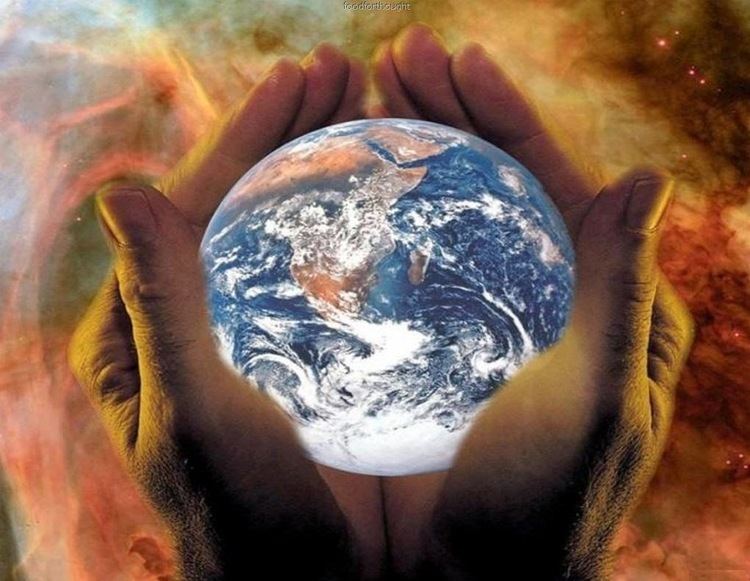 | ||
Movies Mother Nature, The Santa Clause 2, The Santa Clause 3: The Esca, The Year Without a Santa Cla Similar Pixie, Father Time, Faun | ||
Mother nature global warming raftaar
Mother Nature (sometimes known as Mother Earth or the Earth-Mother) is a common personification of nature that focuses on the life-giving and nurturing aspects of nature by embodying it, in the form of the mother.
Contents
- Mother nature global warming raftaar
- Nature is speaking julia roberts is mother nature conservation international ci
- Western tradition history
- Greek myth
- Ancient Rome
- Indigenous peoples of the Americas
- Southeast Asia
- Popular culture
- References
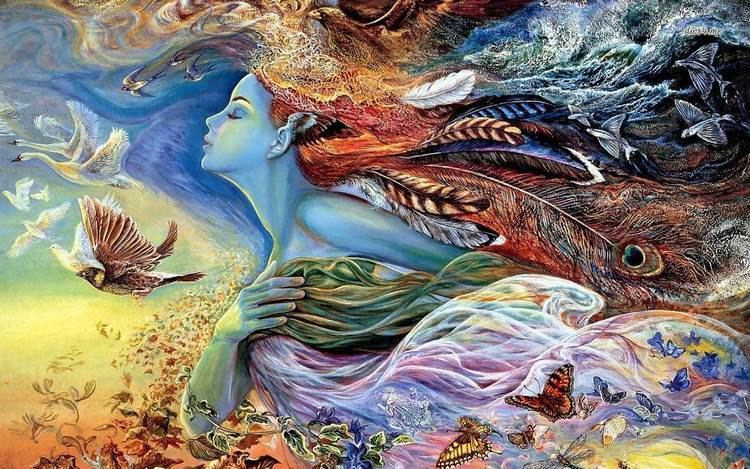
Nature is speaking julia roberts is mother nature conservation international ci
Western tradition history
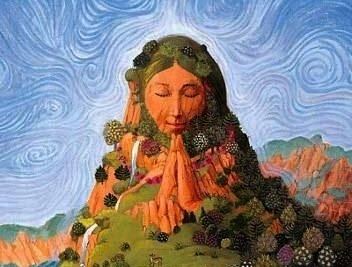
The word "nature" comes from the Latin word, "natura", meaning birth or character (see nature (innate)). In English its first recorded use (in the sense of the entirety of the phenomena of the world) was in 1266 A.D.. "Natura", and the personification of Mother Nature, was widely popular in the Middle Ages. As a concept, seated between the properly divine and the human, it can be traced to Ancient Greece, though Earth (or "Eorthe" in the Old English period) may have been personified as a goddess. The Norse also had a goddess called Jord (or Earth).
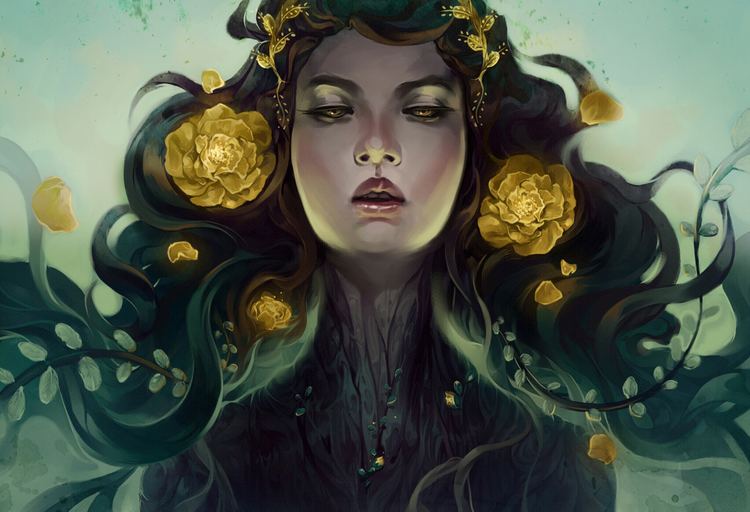
The earliest written dated literal references to the term "Mother Earth" occur in Mycenaean Greek. Ma-ka (transliterated as ma-ga), "Mother Gaia", written in Linear B syllabic script (13th or 12th century BC). The various myths of nature goddesses such as Inanna/Ishtar (myths and hymns attested on Mesopotamian tablets as early as the 3rd millennium BC) show that the personification of the creative and nurturing sides of nature as female deities has deep roots. In Greece, the pre-Socratic philosophers had "invented" nature when they abstracted the entirety of phenomena of the world as singular: physis, and this was inherited by Aristotle. Later medieval Christian thinkers did not see nature as inclusive of everything, but thought that she had been created by God; her place lay on earth, below the unchanging heavens and moon. Nature lay somewhere in the center, with agents above her (angels), and below her (demons and hell). For the medieval mind she was only a personification, not a goddess.
Greek myth
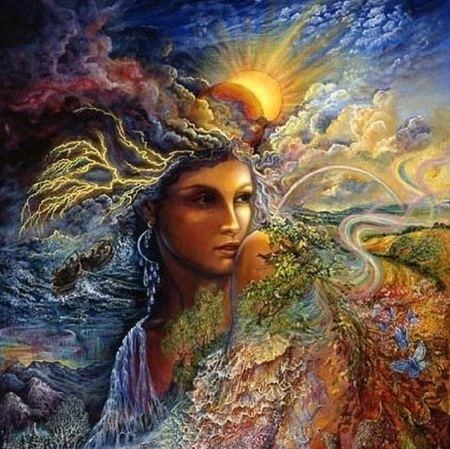
In Greek mythology, Persephone, daughter of Demeter (goddess of the harvest), was abducted by Hades (god of the dead), and taken to the underworld as his queen. Demeter was so distraught that no crops would grow and the "entire human race [would] have perished of cruel, biting hunger if Zeus had not been concerned" (Larousse 152). Zeus forced Hades to return Persephone to her mother, but while in the underworld, Persephone had eaten pomegranate seeds, the food of the dead and thus, she must spend part of each year with Hades in the underworld. Demeter's grief for her daughter in the realm of the dead, is reflected in the barren winter months and her joy when Persephone returns is reflected in the bountiful summer months.
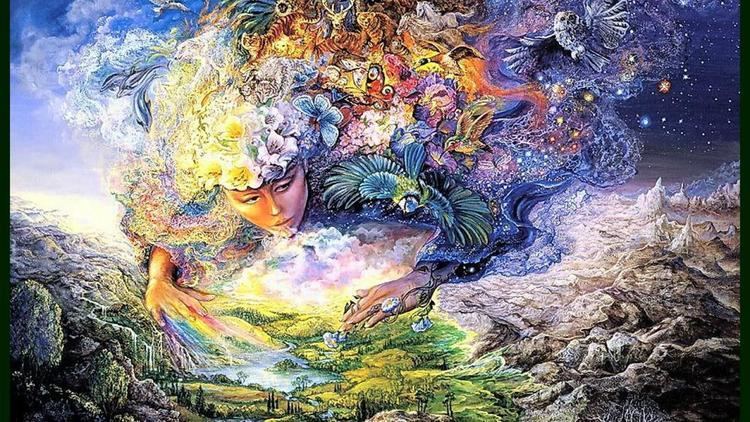
Demeter would take the place of her grandmother, Gaia, and her mother, Rhea, as goddess of the earth in a time when humans and gods thought the activities of the heavens more sacred than those of earth.
Ancient Rome
Roman Epicurean poet Lucretius opens his didactic poem De rerum natura by addressing Venus as a veritable mother of nature. Lucretius uses Venus as "a personified symbol for the generative aspect of nature". This largely has to do with the nature of Lucretius' work, which presents a nontheistic understanding of the world that eschews superstition.
Indigenous peoples of the Americas
Algonquian legend says that "beneath the clouds lives the Earth-Mother from whom is derived the Water of Life, who at her bosom feeds plants, animals and human" (Larousse 428). She is also known as Nokomis, the Grandmother.
In Inca mythology, Mama Pacha or Pachamama is a fertility goddess who presides over planting and harvesting. Pachamama is usually translated as "Mother Earth" but a more literal translation would be "Mother Universe" (in Aymara and Quechua mama = mother / pacha = world, space-time or the universe). Pachamama and her husband, Inti, are the most benevolent deities and are worshiped in parts of the Andean mountain ranges (stretching from present day Ecuador to Chile and Argentina).
Southeast Asia
In the Southeast Asian Indochina countries of Cambodia, Laos and Thailand, earth (terra firma) is personified as Phra Mae Thorani, but her role in Buddhist mythology differs considerably from that of Mother Nature. In the Malay Archipelago, that role is filled by Dewi Sri, The Rice-mother in the East Indies
